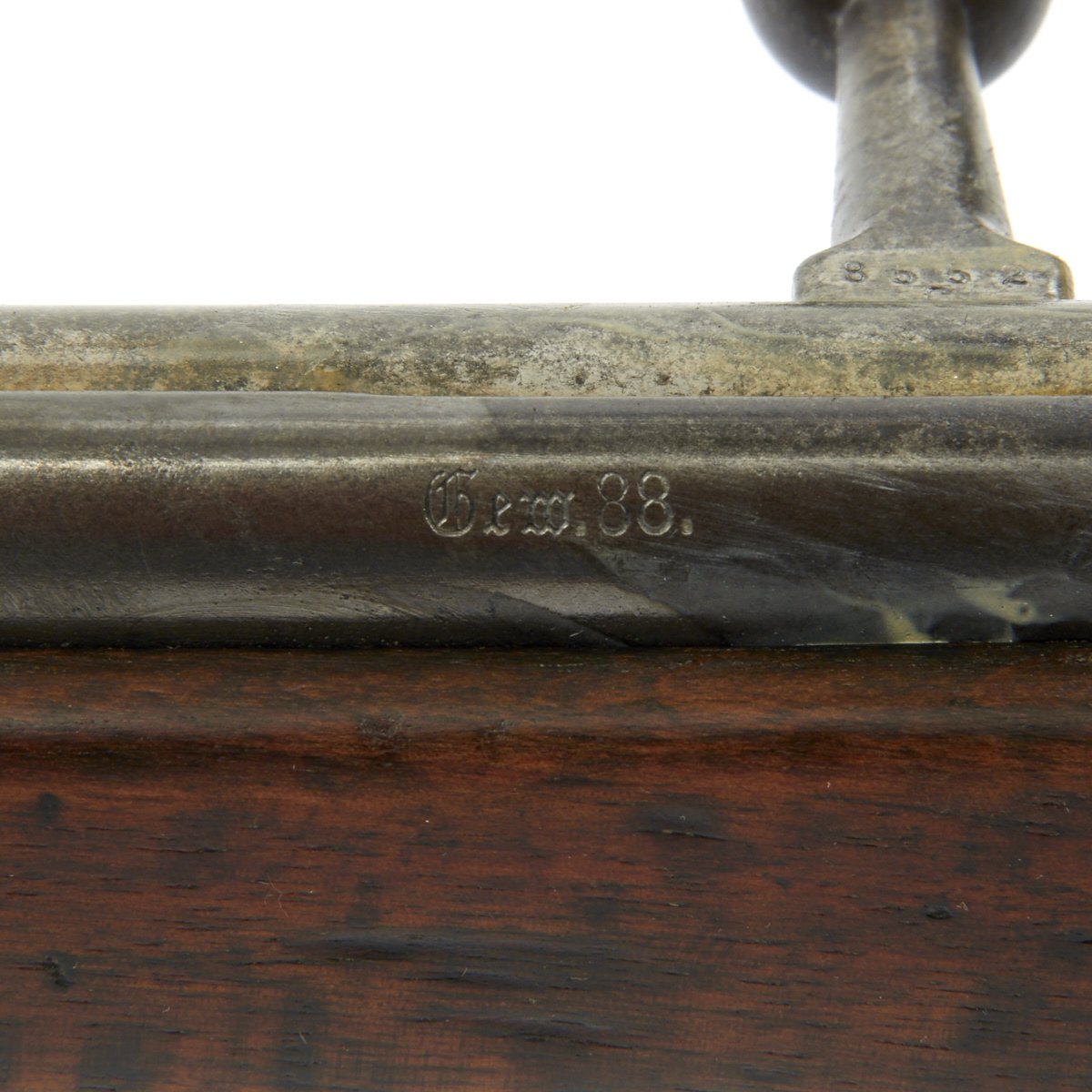

However, the average Japanese infantryman still only stood at about 5 feet, 3 inches and thus there would be inherent difficulties when handling such a long weapon. The additional 20-inches gained by the installed bayonet gave the Japanese soldier a definitive reach against a target when close-quarters fighting ensued. In all, the rifle measured some 4 feet, 2 inches long and was one of the longest such weapons still in service by the time of the Second World War (1939-1945).

The Type 38 rifle was a "long gun" and optimized to use the Type 30 infantry bayonet set at the barrel. The Type 38 was adopted into Imperial Japanese Service in 1905. Wartime records would go on to show that some 3,400,000 of the guns were ultimately produced and the series saw active service with elements outside of the Empire - including those belonging to Britain, Thailand, the Russian Empire / Soviet Union, and China. The rifle had an inherently high accuracy rate and proved very reliable in even the most adverse conditions found on the modern battlefield - particularly in the jungle fighting of Southeast Asia and across the Pacific Theater. The Arisaka Type 38 (Rifle, Meiji 38th Year) was the standard rifle issued to the Imperial Japanese infantry by the time of the fighting of World War 1 (1914-1918).


 0 kommentar(er)
0 kommentar(er)
